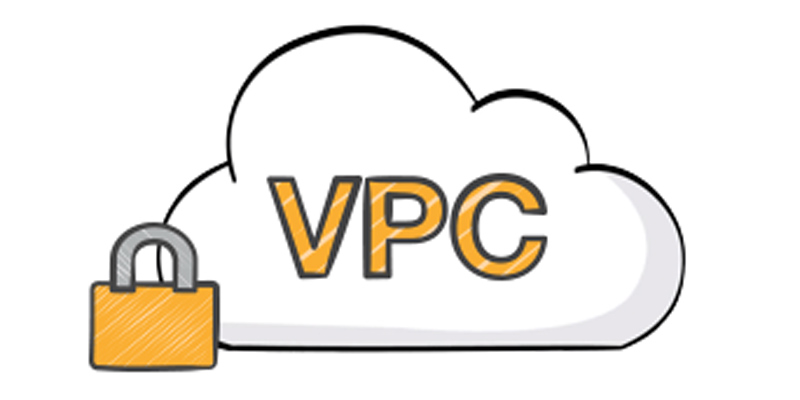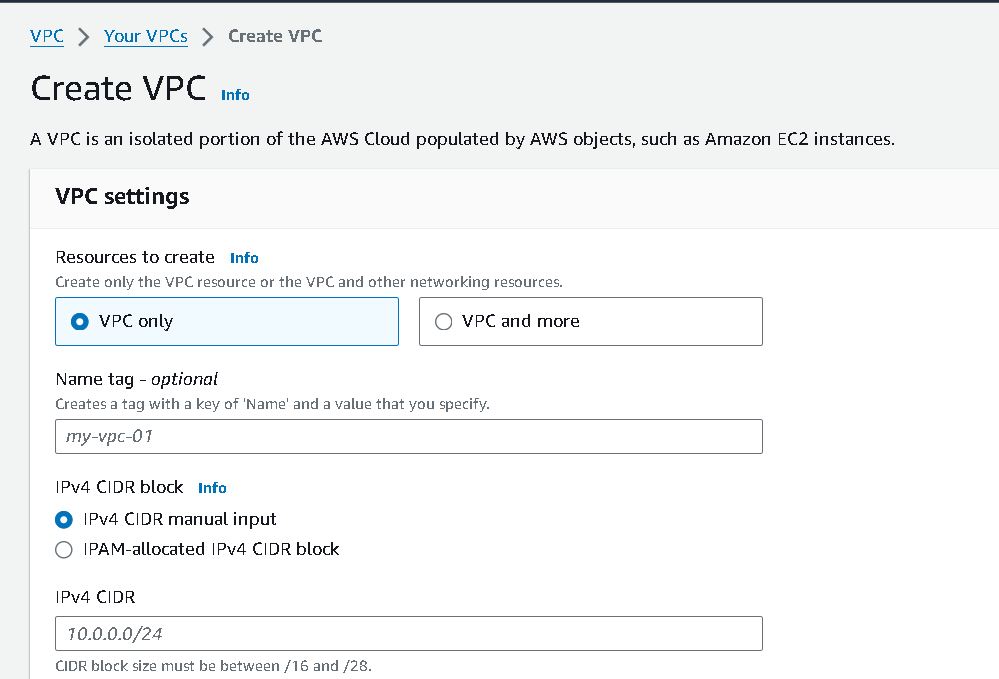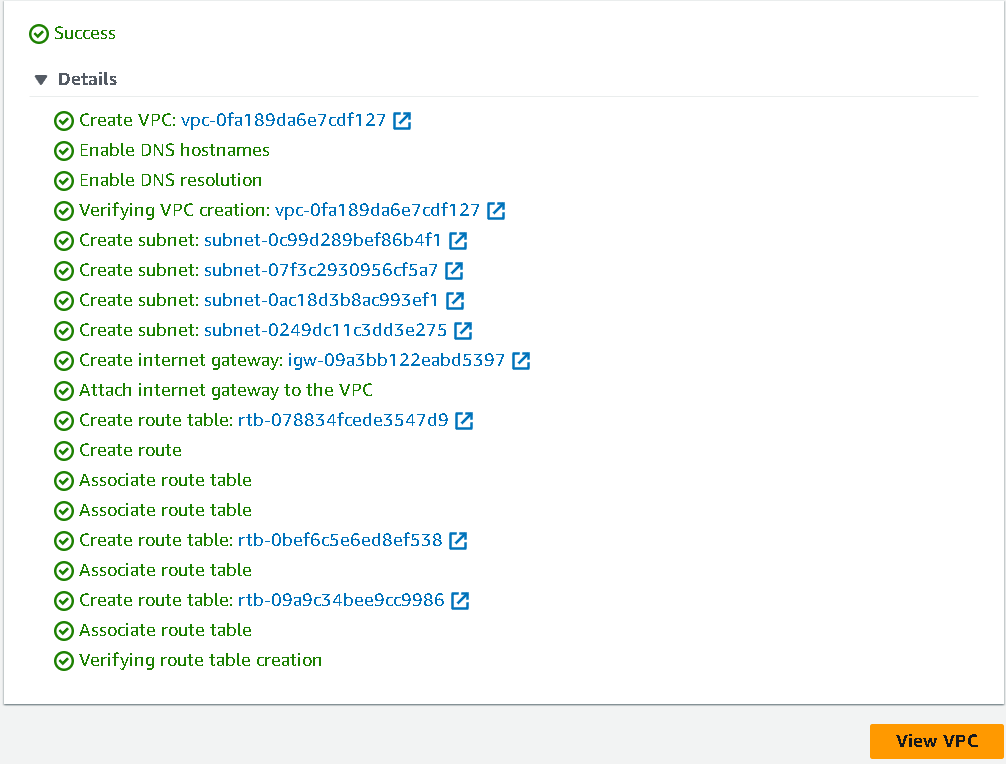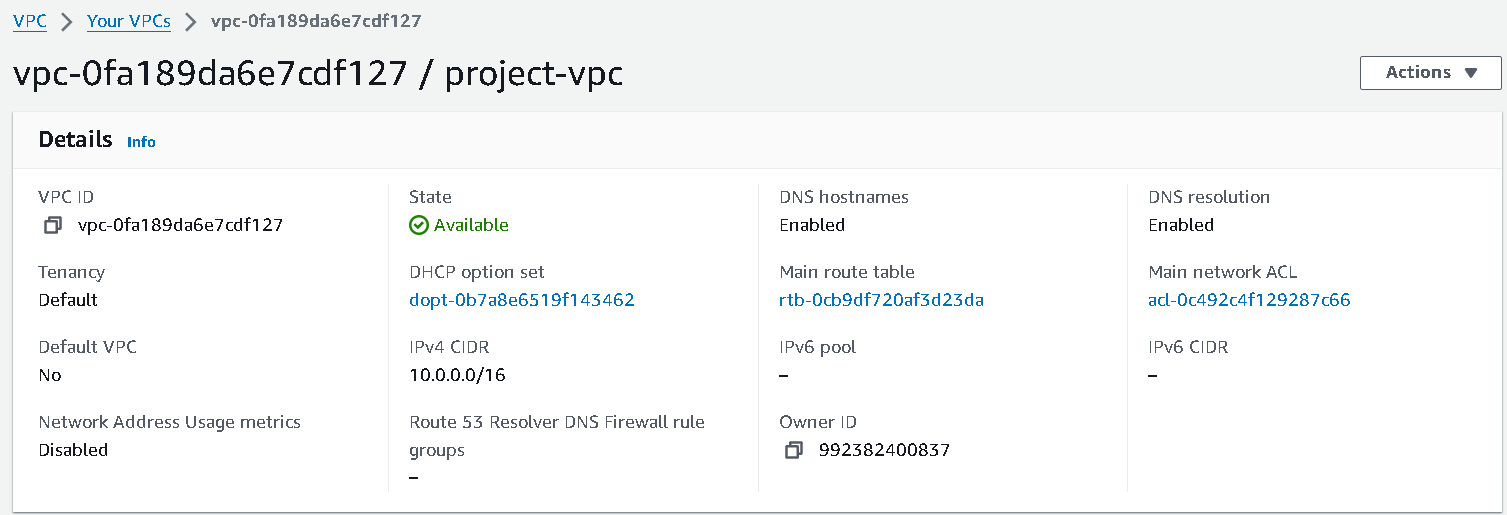Know more about VPC
 Roshan Patil
Roshan Patil
Have you ever thought about building an infrastructure on a public platform without the intervention of other players or outside networks? Is it really possible? Yes! With a Virtual Private Cloud (VPC), you can achieve this with ease.
What is VPC? How does it works? What is the need of VPC? What components does VPC has? how to create a VPC? Will discuss all of these things any many more in this blog.
VPC stands for Virtual Private Cloud. It isolates our infrastructure from external networks and enhances the safety, security, and reliability of our setup.
We can simply create our own VPC and create all the resources under that VPC.
Below are the components of VPC:
Subnets: IP addresses are segmented into small groups called as Subnets.
We have following two types of Subnets-
i. Public Subnet: Subnets can directly connect to the internet. Have Internet Gateway attached.
ii. Private Subnet: Subnets do not have Internet Gateway attached to it, so does not have direct connection to the network.
Route Table: Determines how traffic flows within the network. Contains path or routes.
Internet Gateway: Helps to connect instances in the VPC to internet.
NAT Gateway/NAT Instances: Network Access Translation gateway/instance allows us to access private subnets and internet.
Network ACL’s: Additional level of security to the subnet level. Allow or deny access from specific port range or IP addresses.
VPC Peering: Allows us to connect two VPCs, from inside or outside of the network.
VPC Endpoints: VPC endpoints enable private connections between our VPC and supported AWS services without requiring an internet gateway or NAT.
VPN Connection: Allows us to securely connect on-premises network to VPC.
AWS Direct Connect: Provides a dedicated network connection between premises and AWS.
How to Create a VPC in AWS:
Login to your AWS account and Search for VPC Service.
Click on create VPC.
It will give a tab as below:

We have two options VPC only and VPC and more.
Select VPC and more so that it will create VPC and along side that it creates Subnets, Route tables and Internet Gateway.
Add CIDR block depending on requirements.
Select No of Availability Zones(more to make it more available), Number of Public and Private Subnets.
Now, Click on Create VPC.


This is how we create the VPC.
Feel free to ask any related/non-related questions and give a like the blog.
Thank you for coming!!
Subscribe to my newsletter
Read articles from Roshan Patil directly inside your inbox. Subscribe to the newsletter, and don't miss out.
Written by

Roshan Patil
Roshan Patil
Hello techies!!👋 I am a passionate professional with a strong foundation in Cloud ☁️, DevOps 🔧, and Linux 🐧 technologies. I specialize in building reliable, resilient, secure, and cost-efficient infrastructures that make application deployment seamless.🚀 I am also an AWS Certified Solution Architect – Associate.🏅 Let’s connect to learn, explore, grow, and contribute to this vibrant community together!🌟